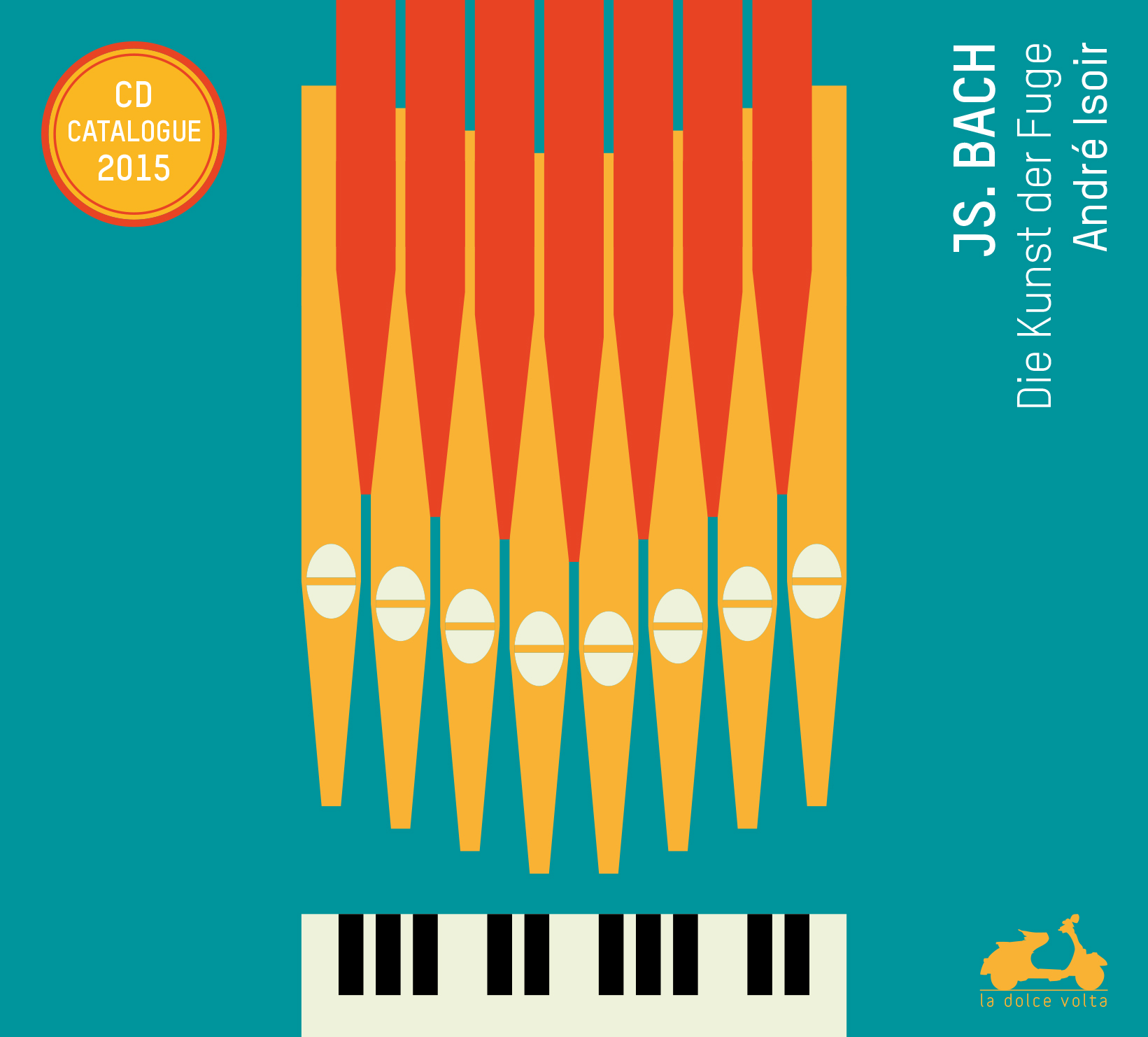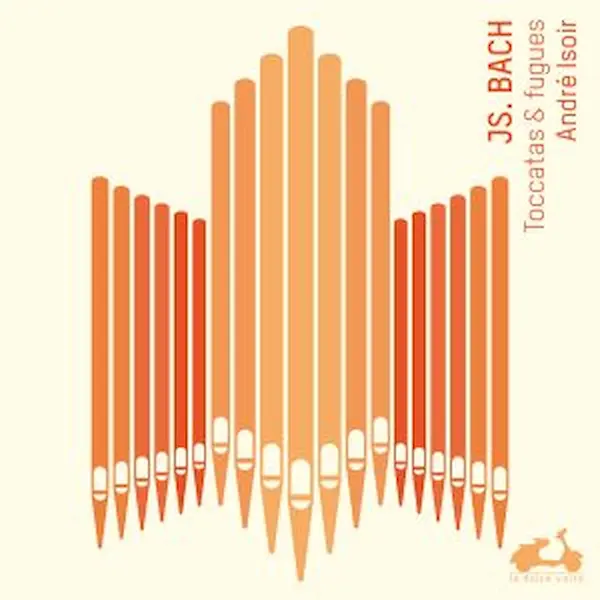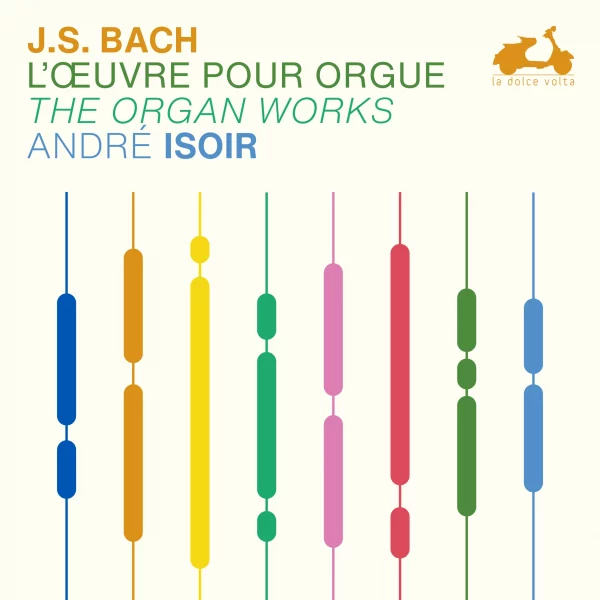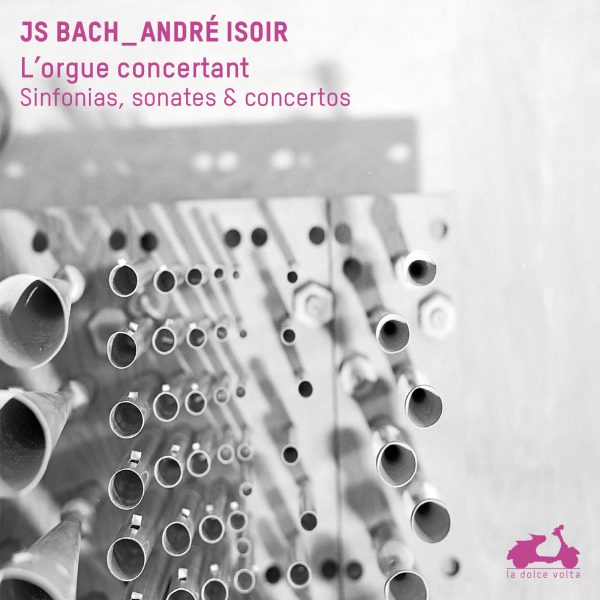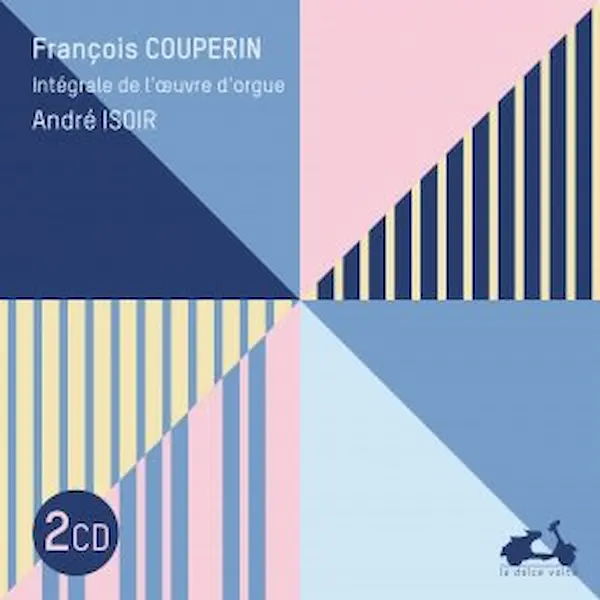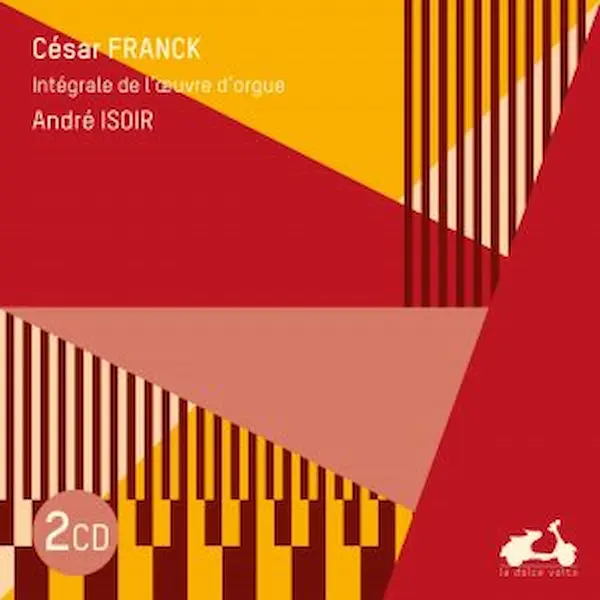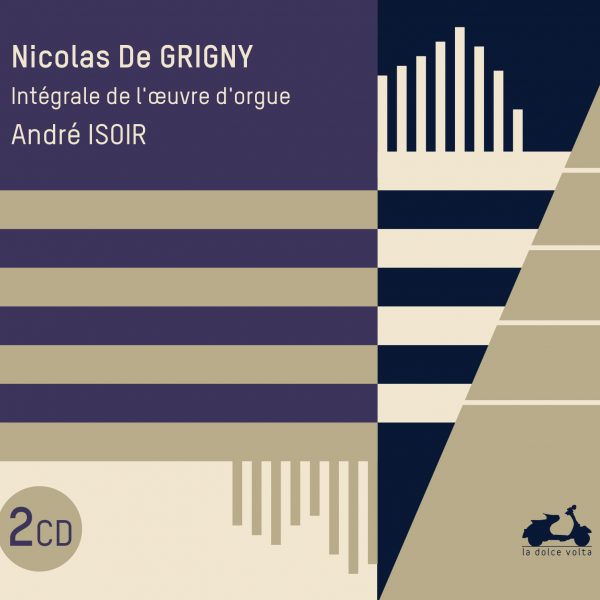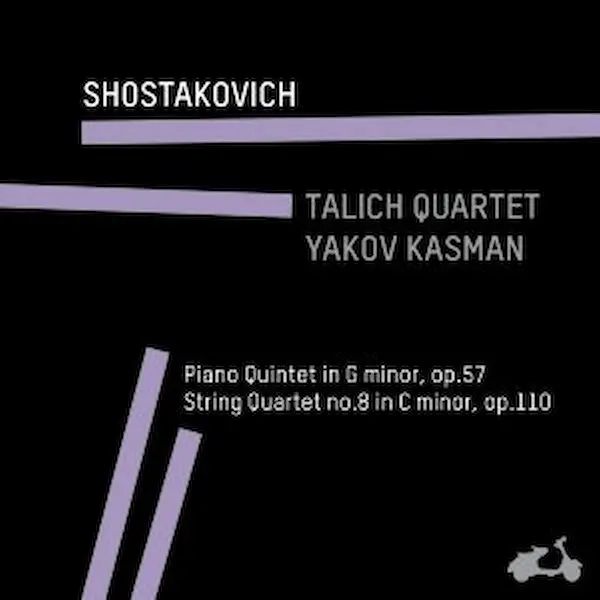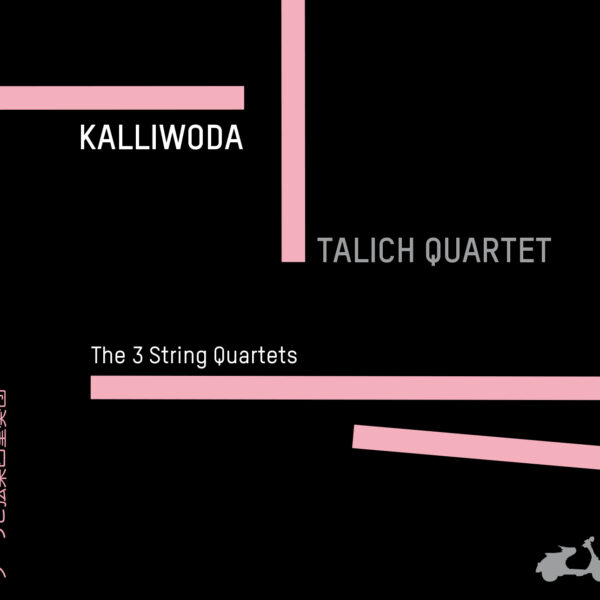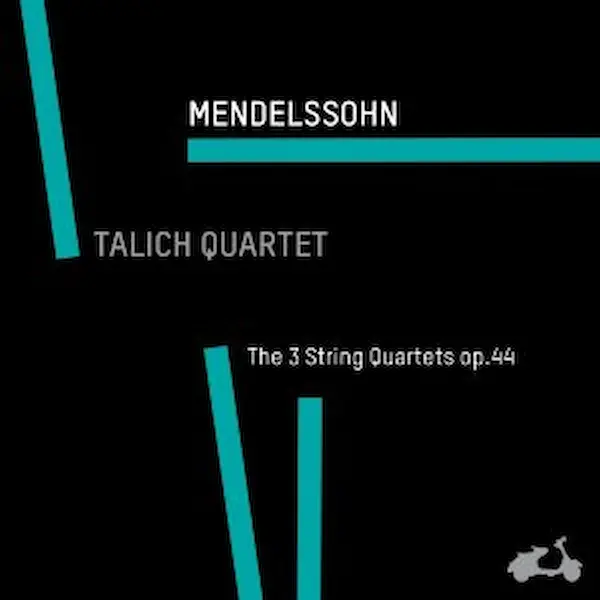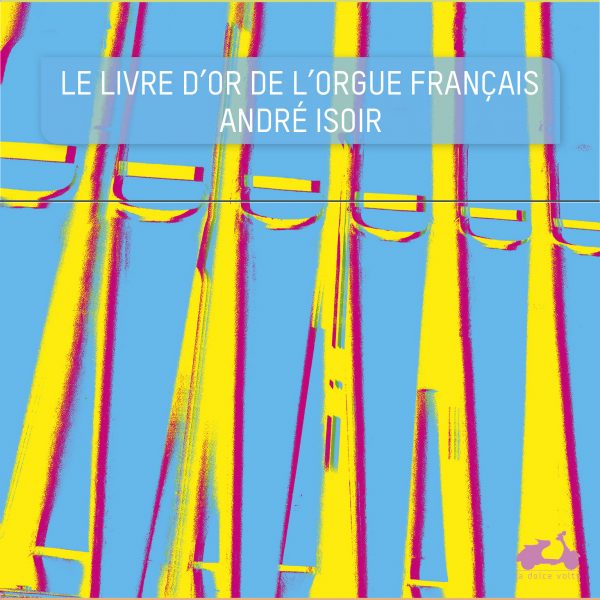Description
His attitude to it – an awe bordering on reverence – does not nevertheless diminish his intellectually acute approach. As a result of much study he has re-assessed the order in which the fugues might be performed, coming up with a version which many will find musically surprising even if musicologically logical: for one thing, the unfinished ‘BACH’ fugue does not form the last movement, but the symbolic fourteenth (B+A+C+H = 14).
His playing is immaculate and truly musical, beautifully phrased and neatly articulated. In the 1982 Grenzing organ (198/2) in St Cyprien’s Abbey (Perigord), he has found a vehicle for this most cerebral of works, an organ with many appropriate features and tonal colours, large enough to possess variety but not so large as to detract through sheer size. If you do not possess a performance there is probably no need to look any further.




